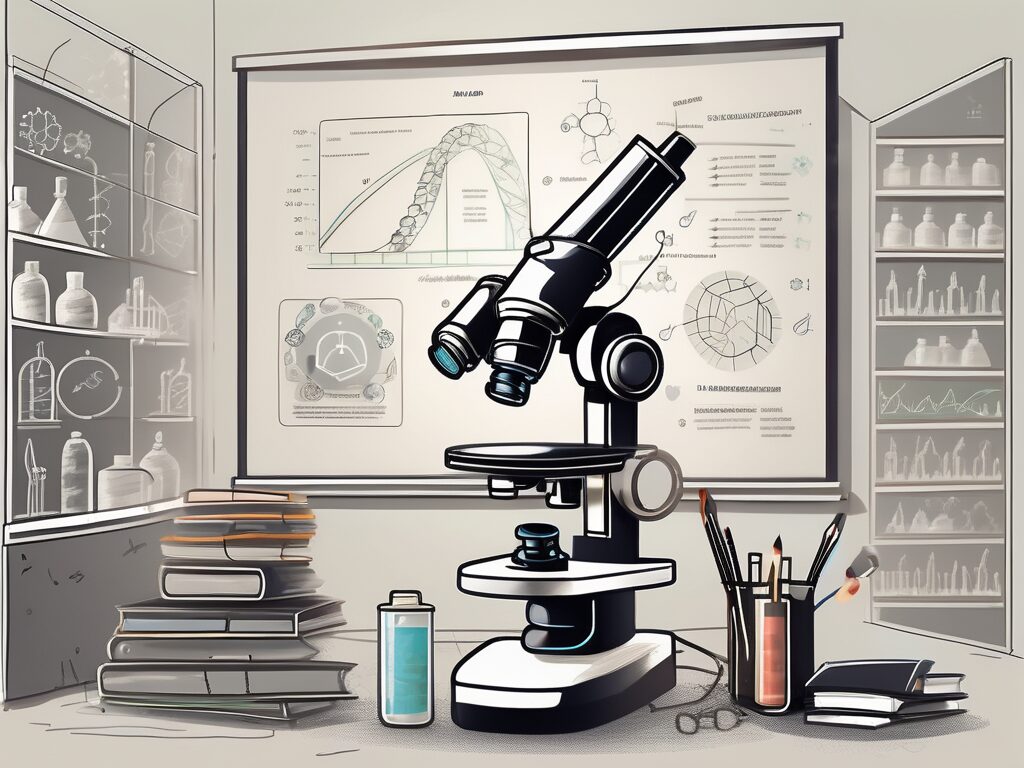In the ever-evolving world of education, the focus on STEM subjects (Science, Technology, Engineering, and Mathematics) has never been more critical. Particularly in a vibrant, forward-looking city like Dubai, where the demand for skilled professionals in these fields is high. For educators with a Master’s in Education, there are numerous innovative methods to effectively teach STEM subjects and inspire the next generation of scientists, engineers, and mathematicians.
1. Project-Based Learning
Understanding Project-Based Learning
Project-based learning is an instructional method that provides students with complex tasks based on real-world challenges. Unlike traditional, theory-based learning, this method encourages students to apply their knowledge and skills to solve tangible problems. It’s akin to learning to swim by diving into the deep end, rather than merely reading about swimming techniques.
Implementing Project-Based Learning in STEM Education
For STEM educators, project-based learning can be a powerful tool. For instance, students could design an eco-friendly building (applying principles of engineering and environmental science), or create a mobile app (utilising their knowledge of technology and coding). The key is to provide a project that is both challenging and engaging, sparking students’ curiosity and driving them to seek solutions.
2. Incorporating Technology
The Role of Technology in Modern Education
Technology has become an integral part of our daily lives, and education is no exception. From interactive whiteboards to educational apps, technology can make learning more interactive and engaging. It’s like swapping out a traditional chalkboard for a high-tech, interactive display – the core information may be the same, but the way it’s presented can significantly enhance understanding and retention.
Using Technology in STEM Education
STEM subjects, in particular, can benefit greatly from the incorporation of technology. For example, virtual reality (VR) can be used to take students on a virtual field trip to Mars, while 3D printing can bring engineering designs to life. These technologies provide a hands-on, immersive experience, making STEM subjects more accessible and exciting for students.
3. Interdisciplinary Approach
What is an Interdisciplinary Approach?
An interdisciplinary approach involves integrating knowledge and methods from multiple disciplines, using a synthesis of approaches that may go beyond traditional boundaries. It’s like cooking a fusion dish, where you combine ingredients and techniques from different cuisines to create a unique and delicious meal.
Applying an Interdisciplinary Approach to STEM Education
In the context of STEM education, an interdisciplinary approach could involve combining elements of science, technology, engineering, and mathematics within a single project or lesson. For example, a project on climate change could incorporate scientific research (science), data analysis (mathematics), designing a renewable energy solution (engineering), and creating a presentation or website to share findings (technology).
4. Real-World Connections
The Importance of Real-World Connections
Connecting classroom learning to real-world situations can make education more relevant and engaging for students. It’s like using a map to navigate a city – the map (theoretical knowledge) is useful, but understanding how to apply it to navigate the streets (real-world application) is crucial.
Making Real-World Connections in STEM Education
STEM educators can make real-world connections by relating lessons to current events, industry developments, or local community issues. For example, a lesson on data analysis could involve studying statistics related to a recent sports event, while a lesson on environmental science could involve investigating a local environmental issue.
5. Collaborative Learning
Understanding Collaborative Learning
Collaborative learning involves students working together to solve a problem or complete a task. This method not only helps students understand the material better, but it also improves their communication and teamwork skills. It’s like playing in a football team – each player has a role, but they need to work together to score a goal.
Implementing Collaborative Learning in STEM Education
STEM educators can encourage collaborative learning by assigning group projects, organising science fairs, or facilitating online collaboration through educational platforms. The key is to foster an environment where students feel comfortable sharing ideas, asking questions, and learning from each other.
By implementing these methods, educators in Dubai with a Master’s in Education can effectively teach STEM subjects, preparing students for the challenges and opportunities of the 21st century. Remember, the goal isn’t just to impart knowledge, but to inspire curiosity, creativity, and a lifelong love of learning.
Advance Your STEM Teaching Career with The IQTS at UWE
As a STEM educator in Dubai, you understand the importance of staying ahead in a rapidly evolving educational landscape. The International Qualified Teacher Status (iQTS) Programme at UWE is your gateway to achieving excellence in teaching and unlocking new career opportunities. With our programme, you can overcome the barriers of strict qualification requirements, enhance your professional development, and connect with a global network of educators. Embrace the chance to deepen your understanding of international curricula and become an adaptable, highly sought-after educator. Don’t let the chance to accelerate your career progression pass you by. Make Your Next Step with the iQTS at UWE and see a world of difference in your professional journey.

